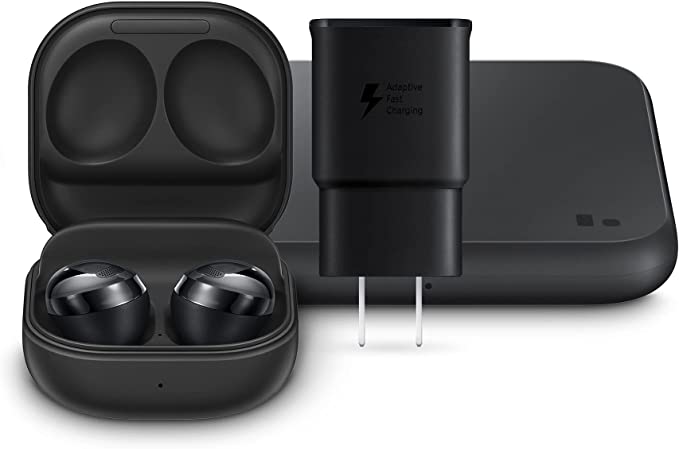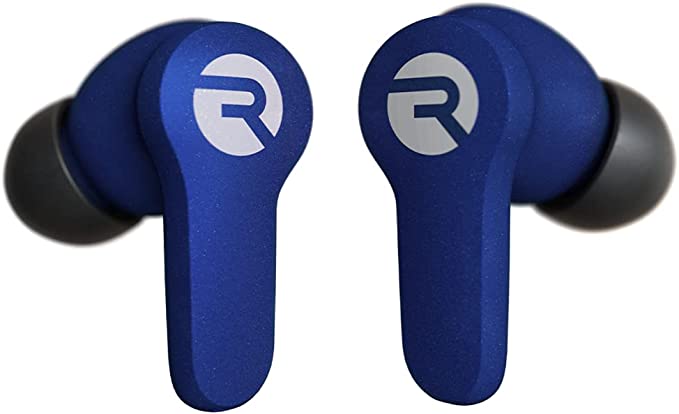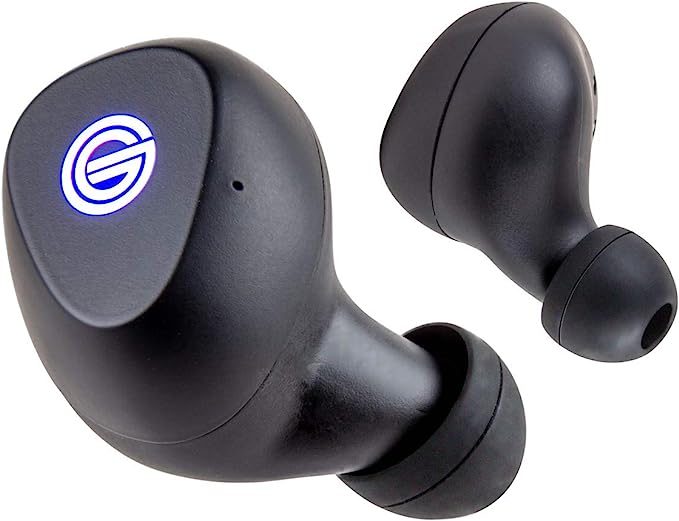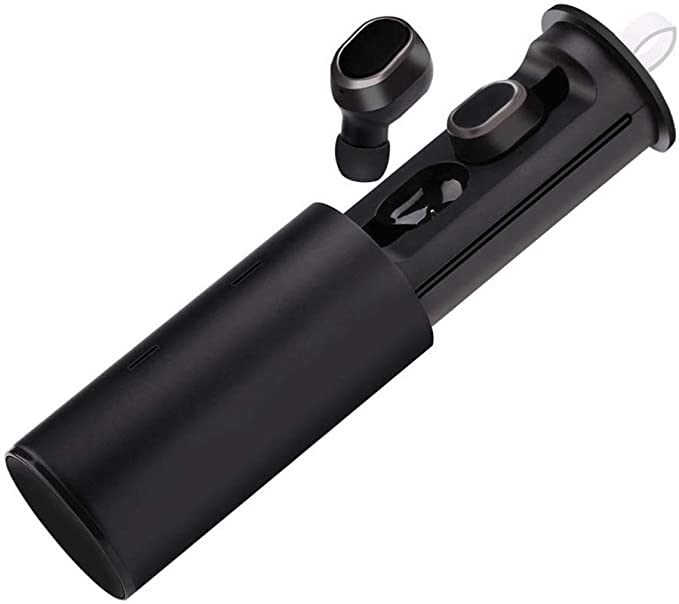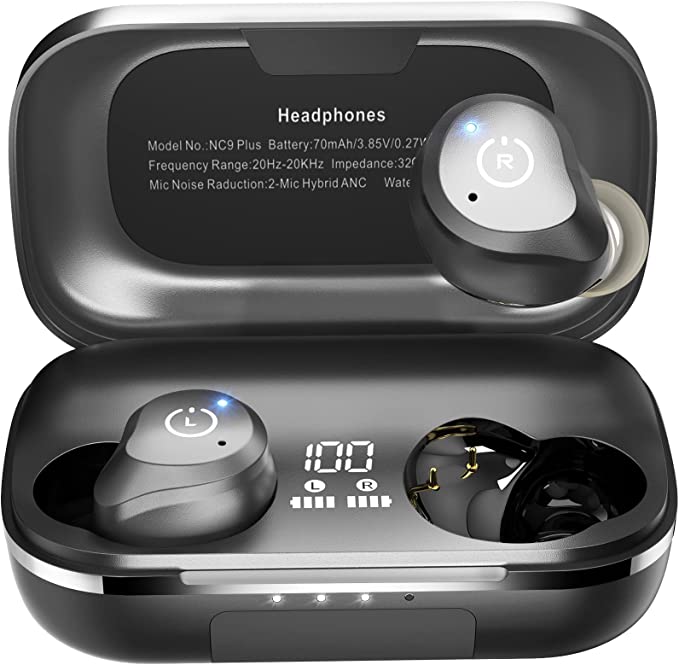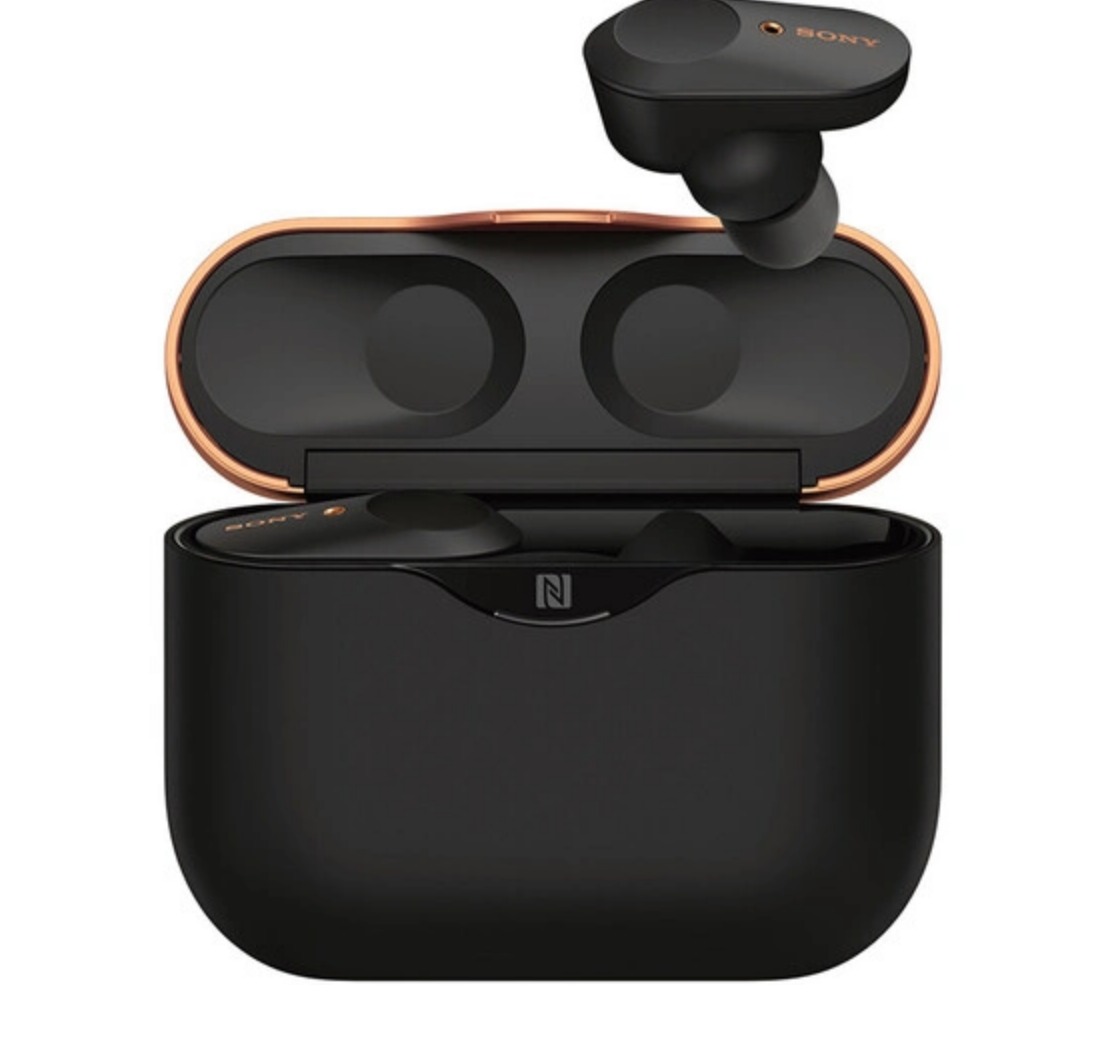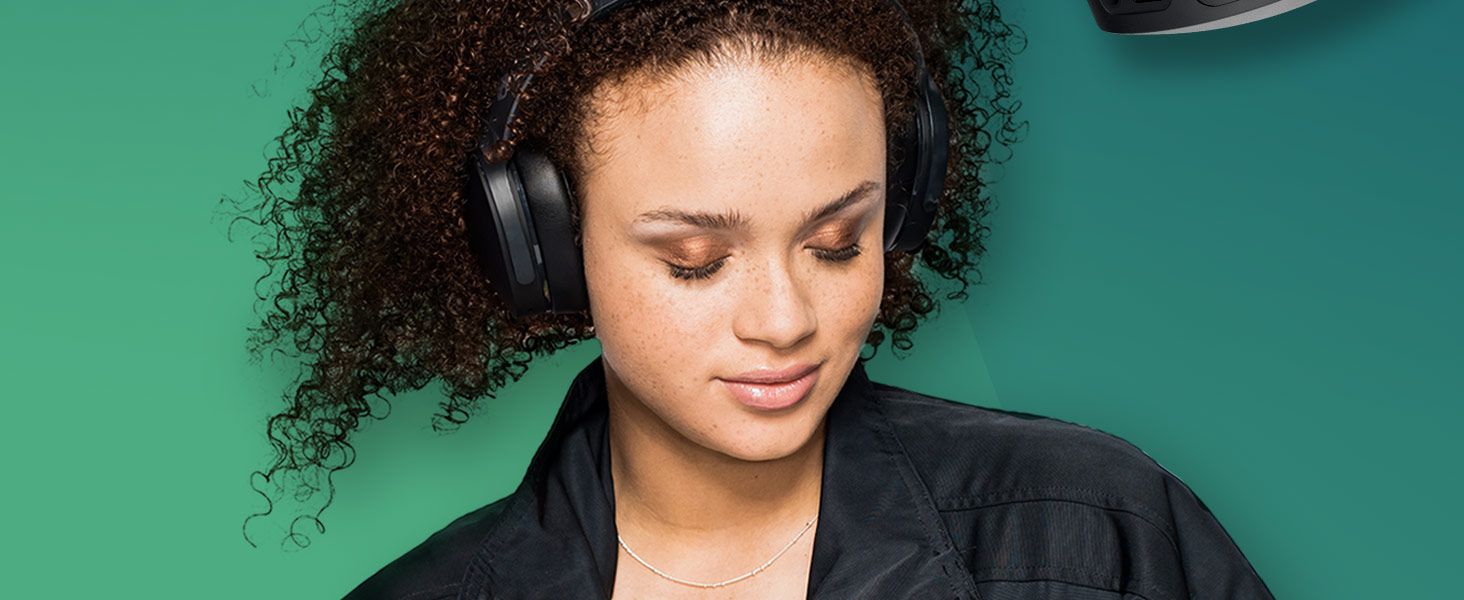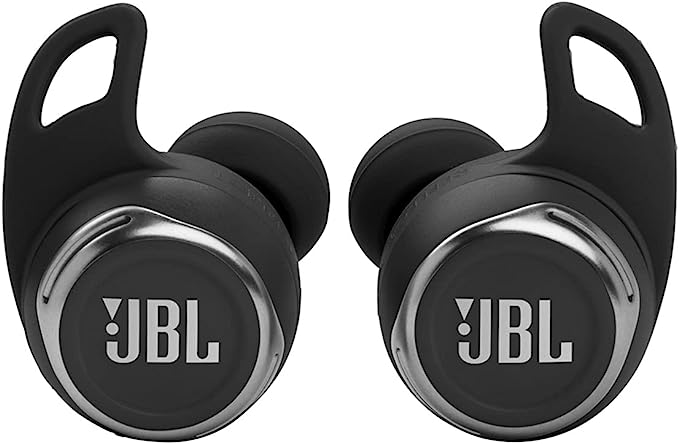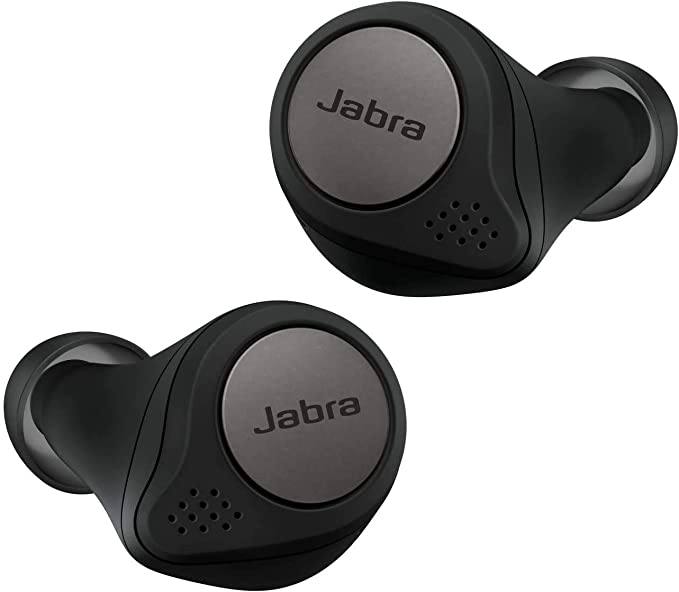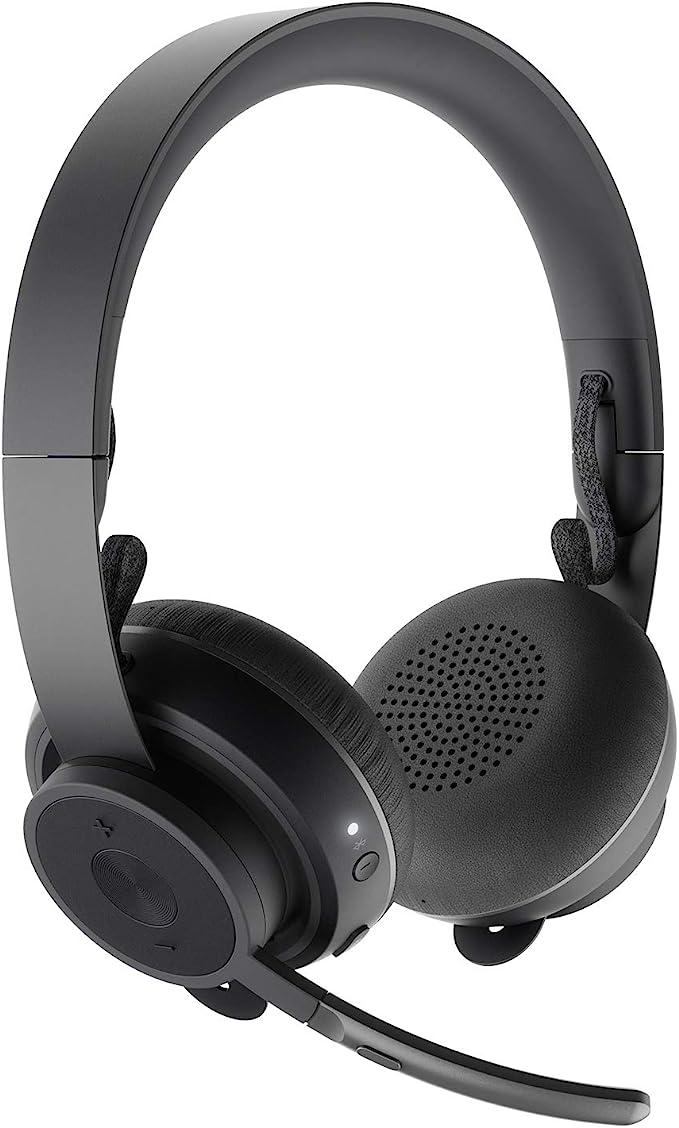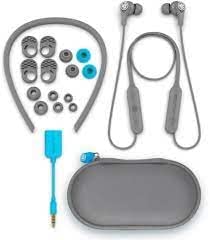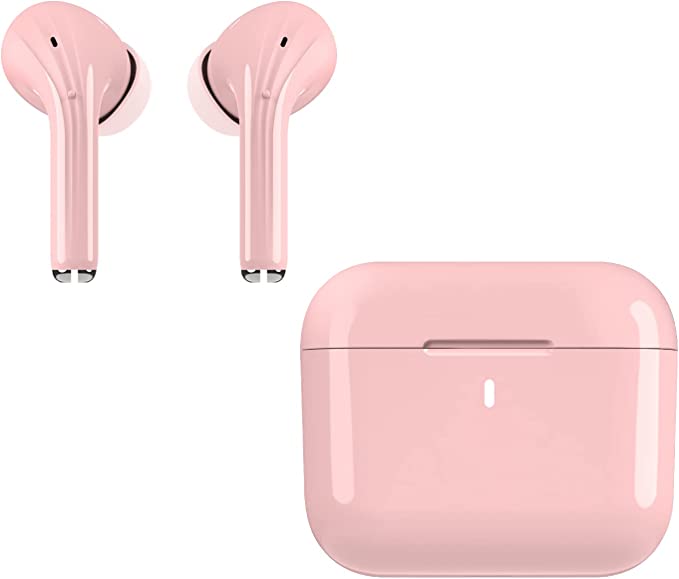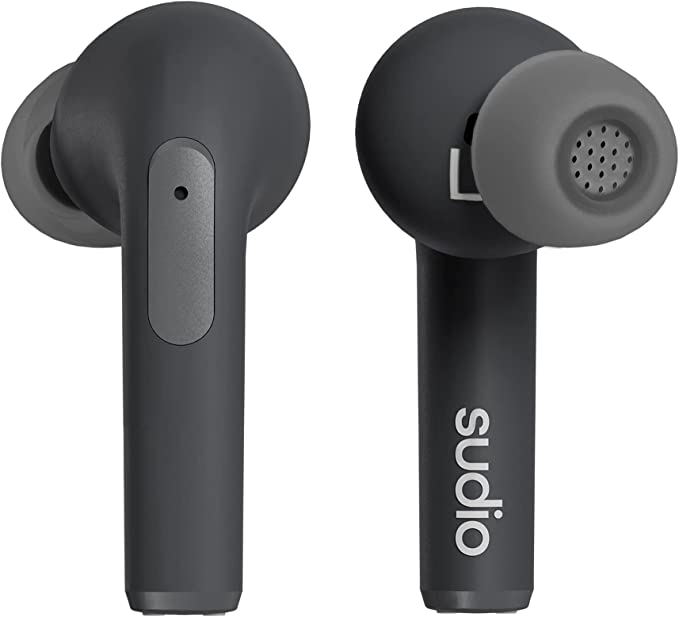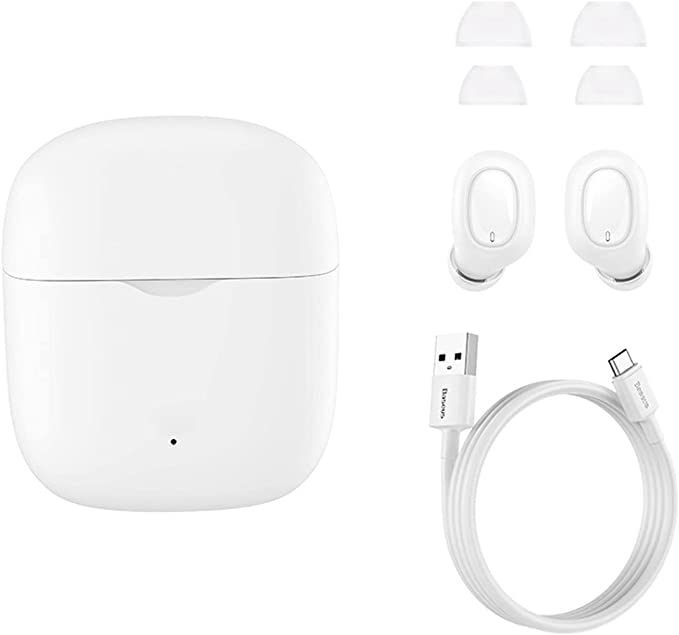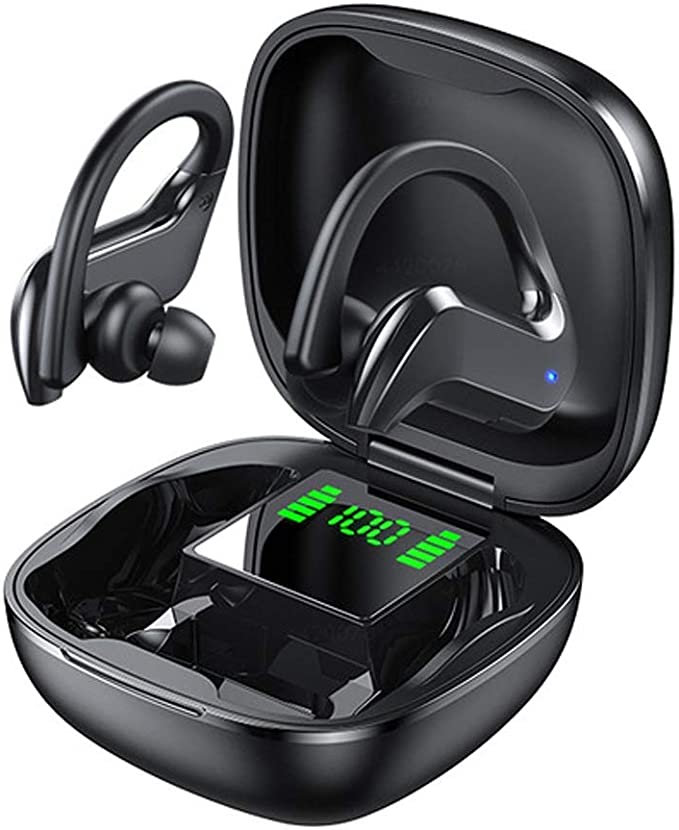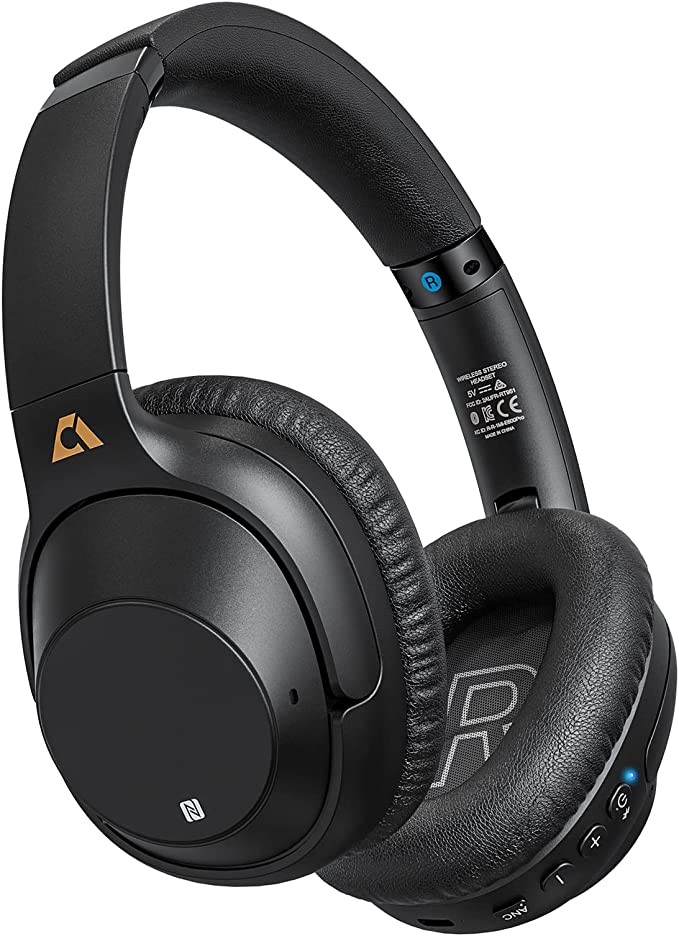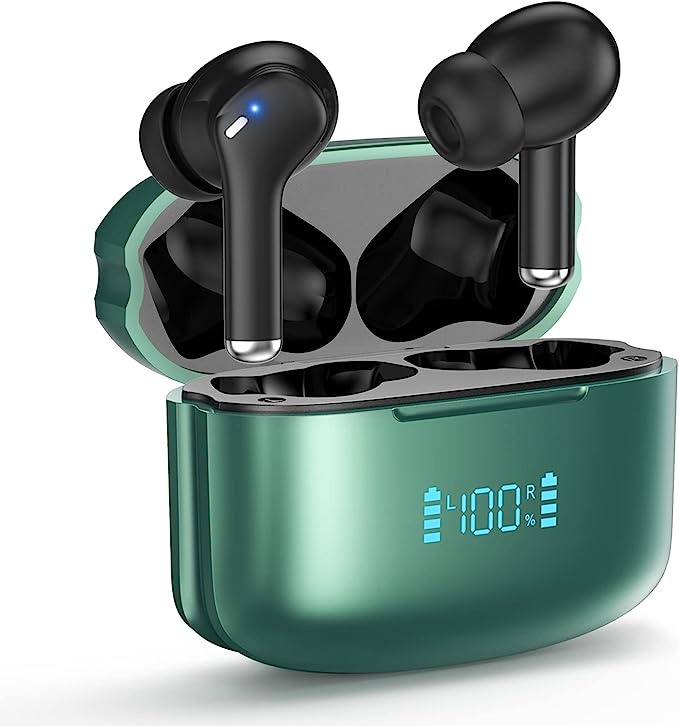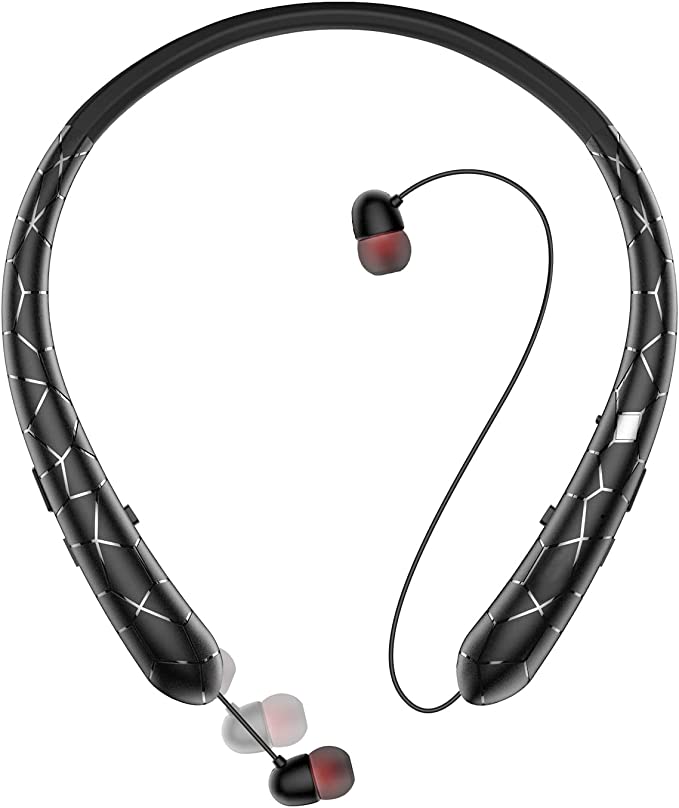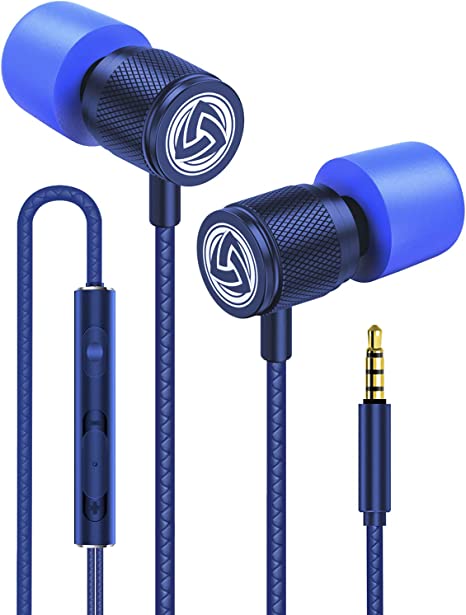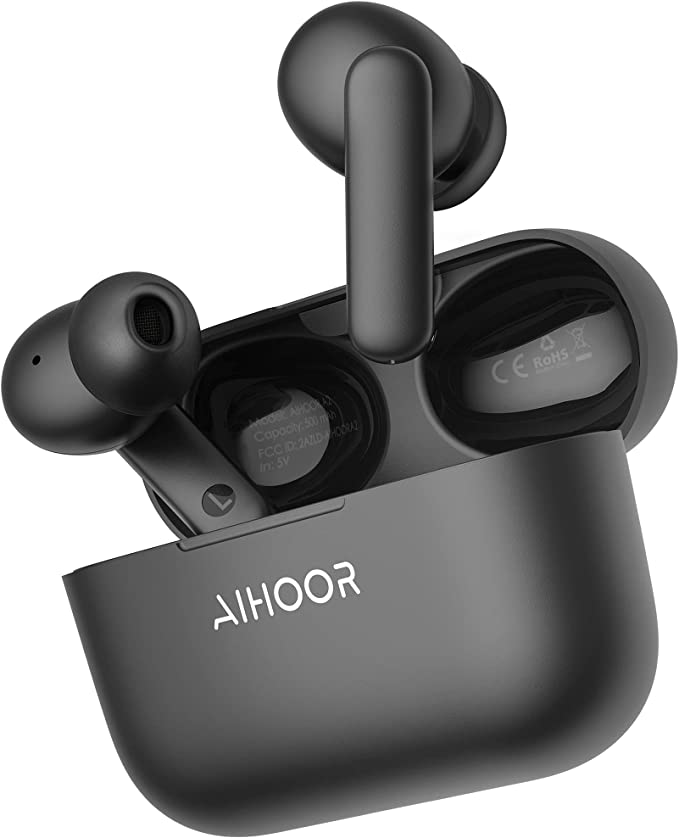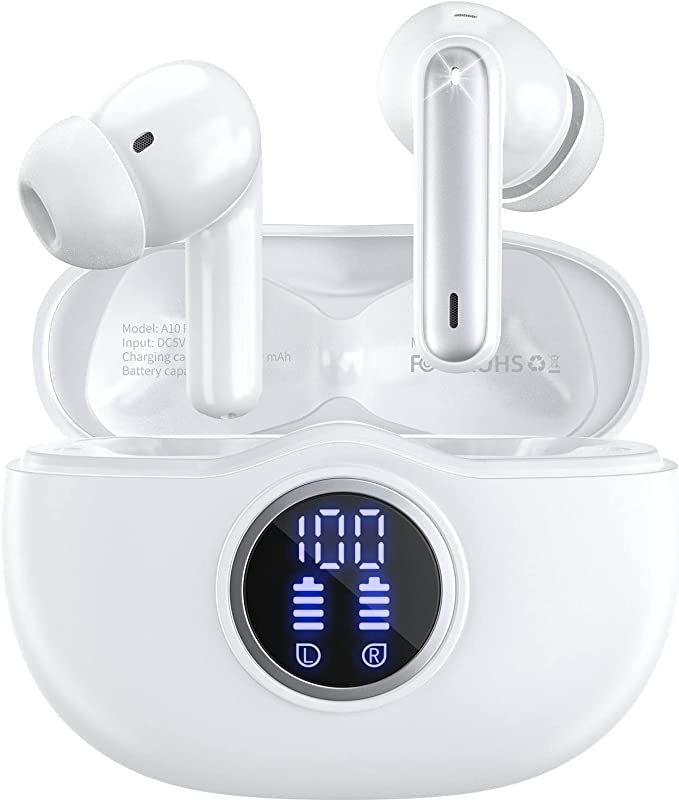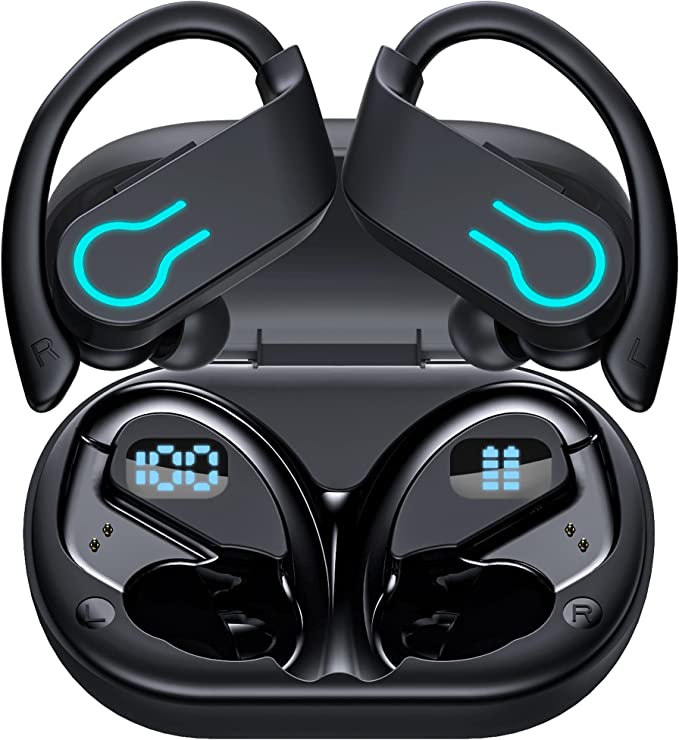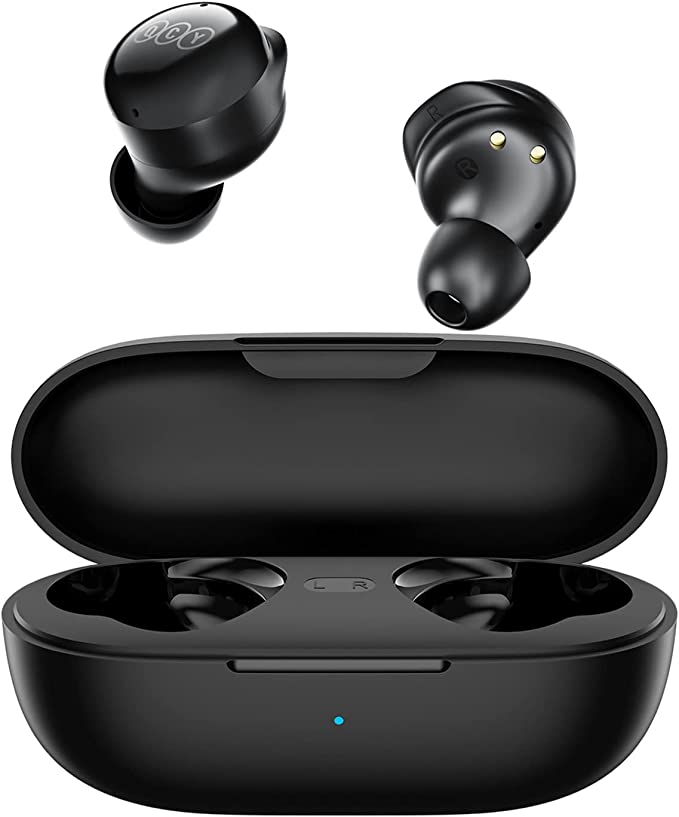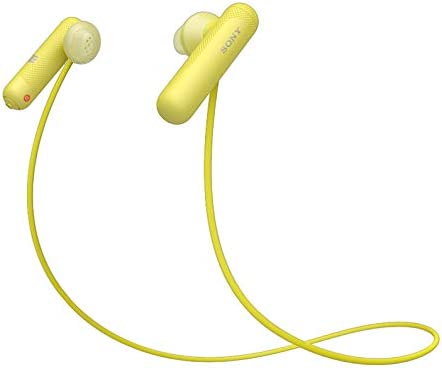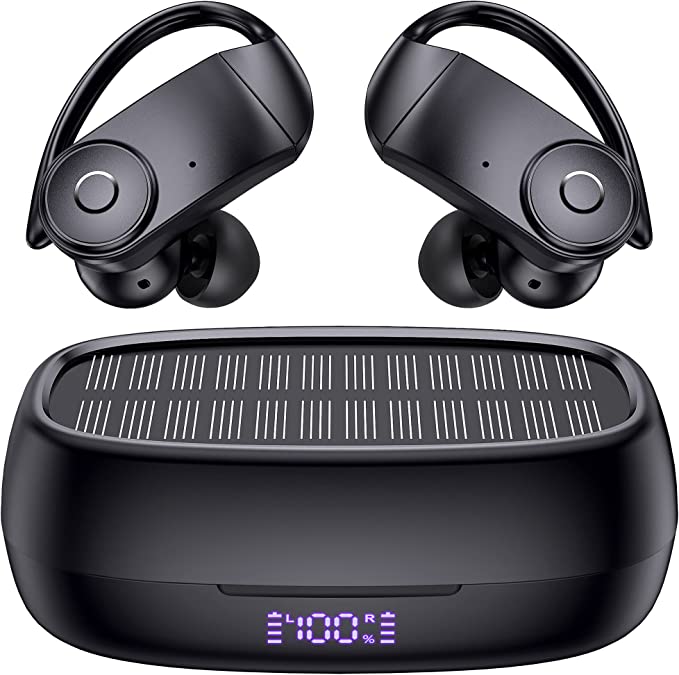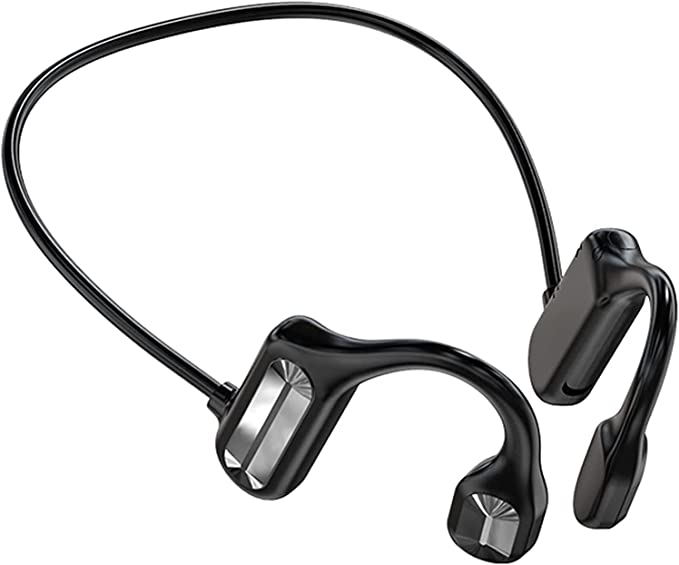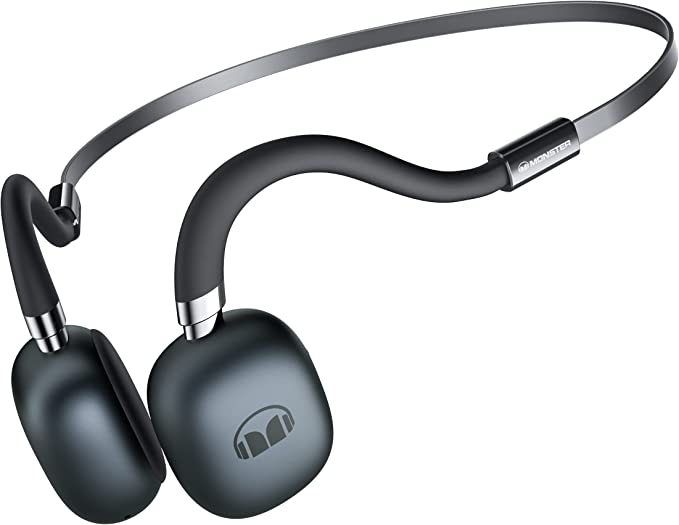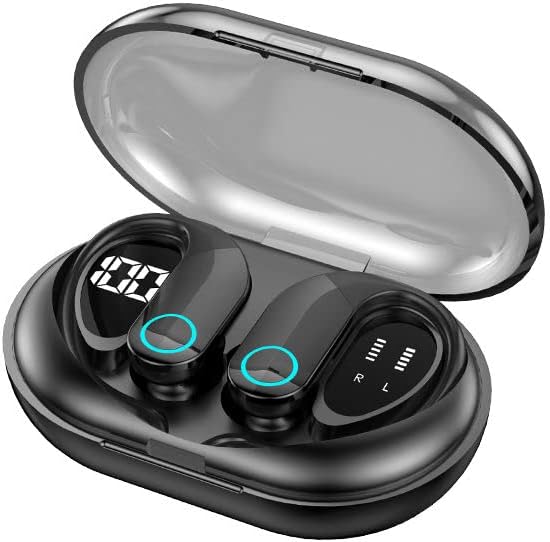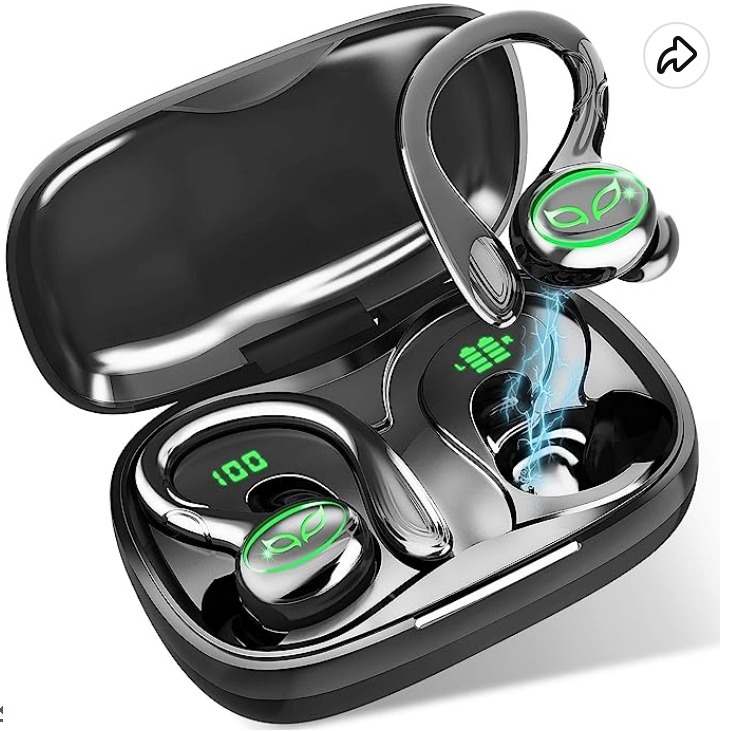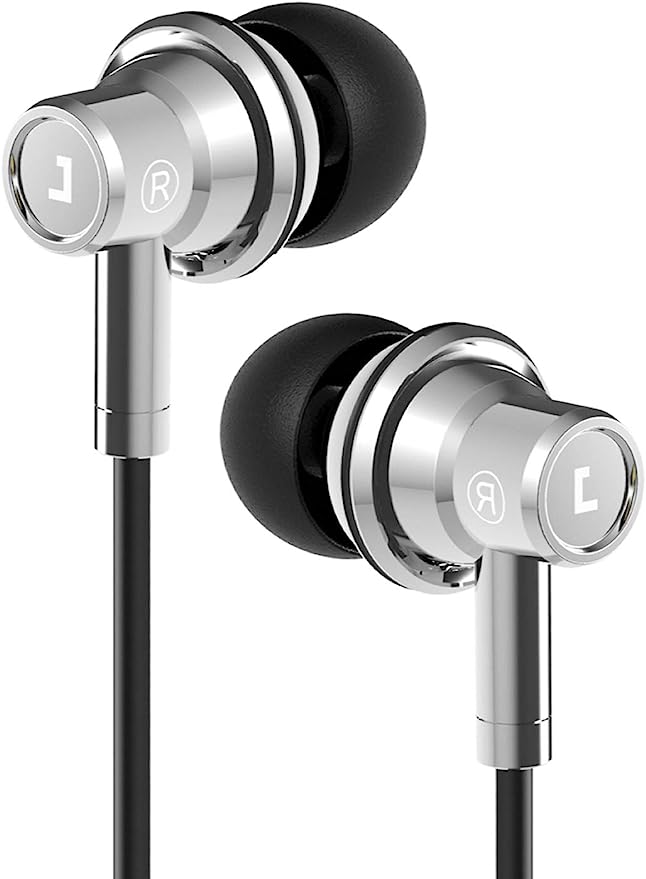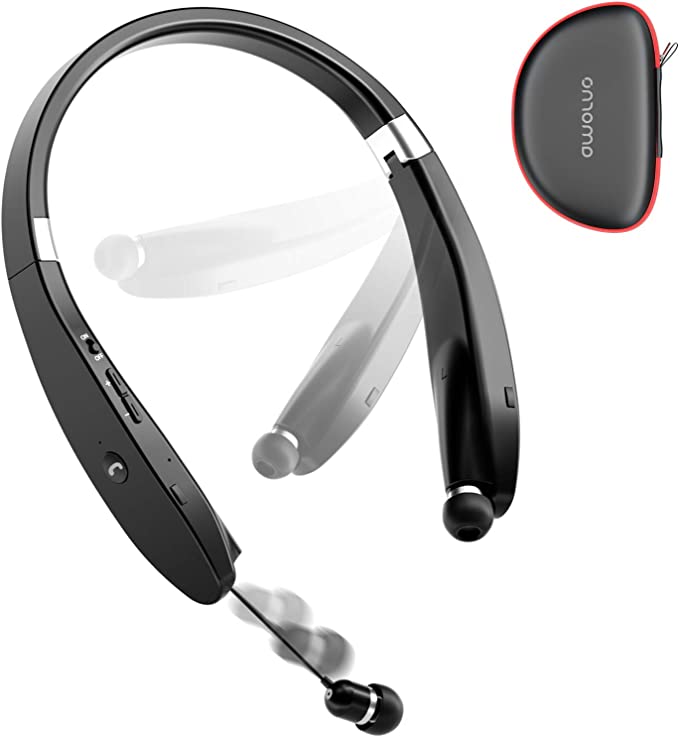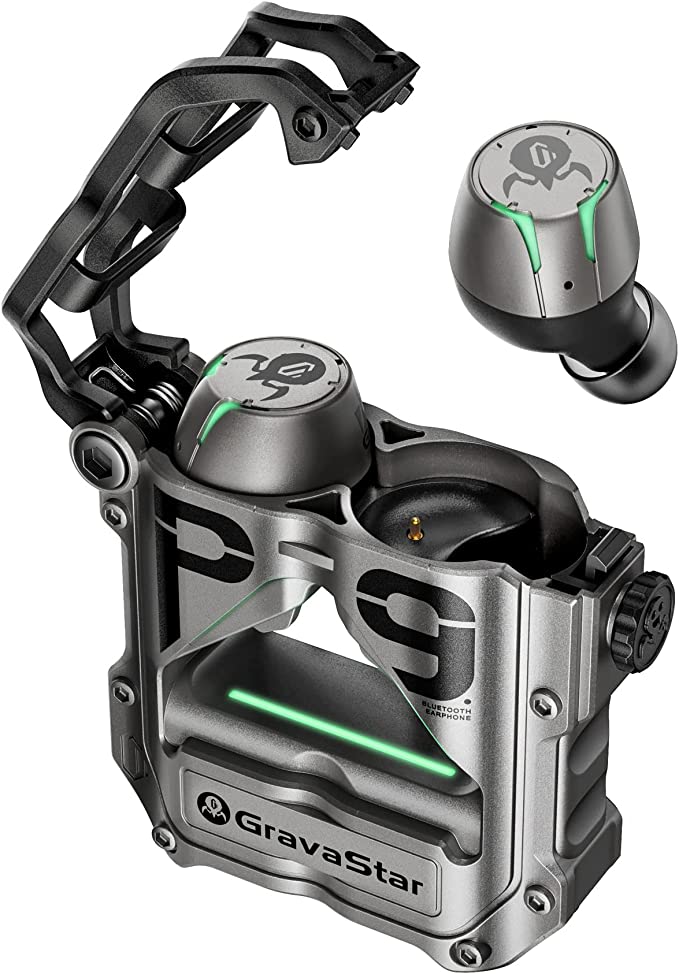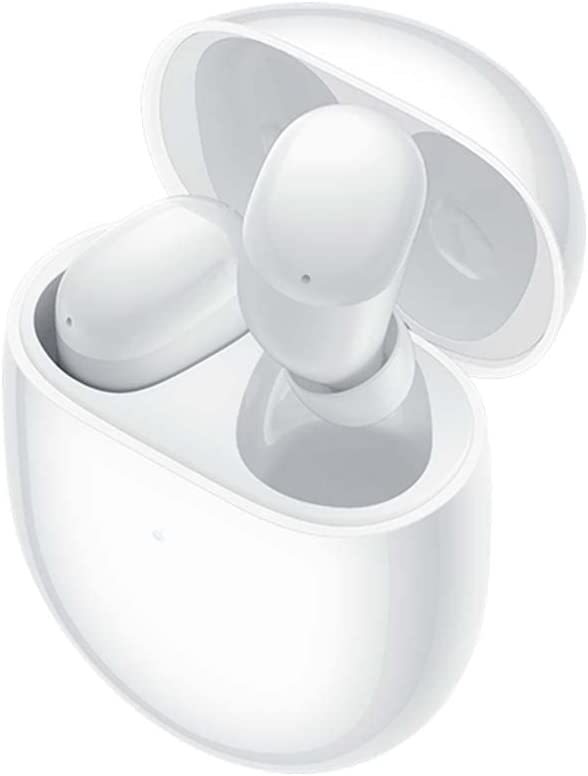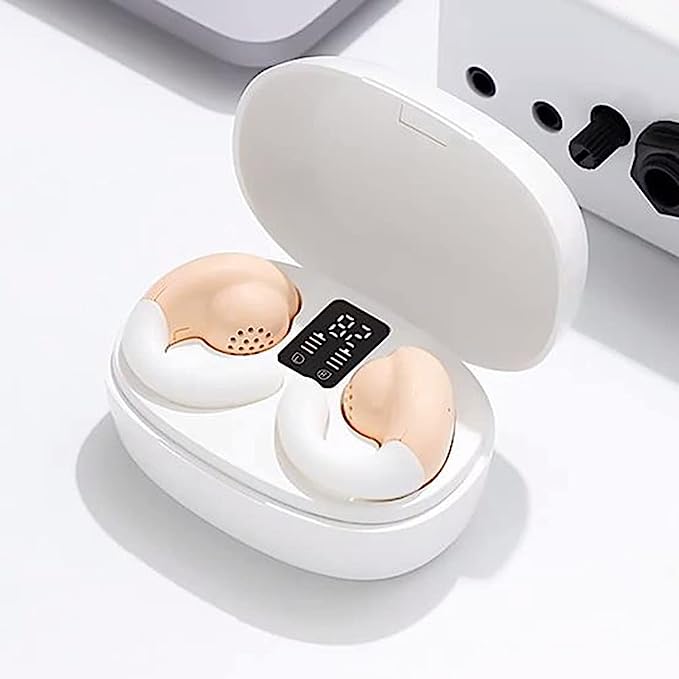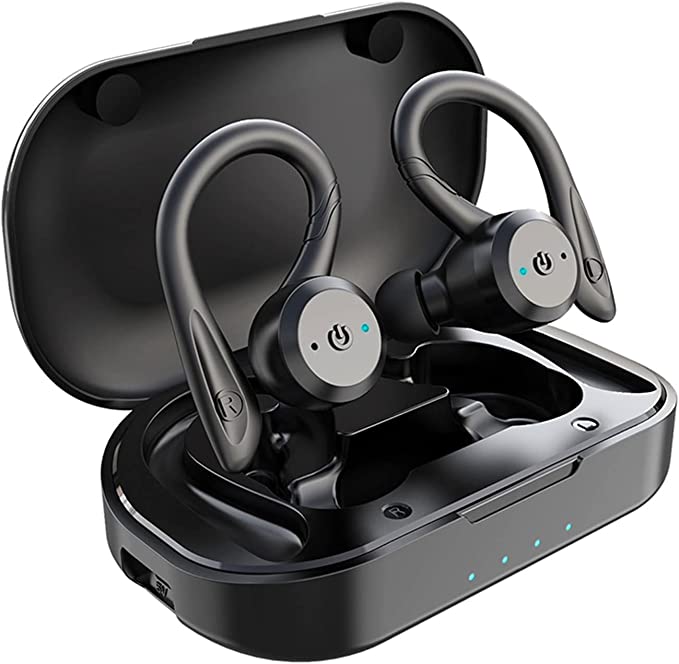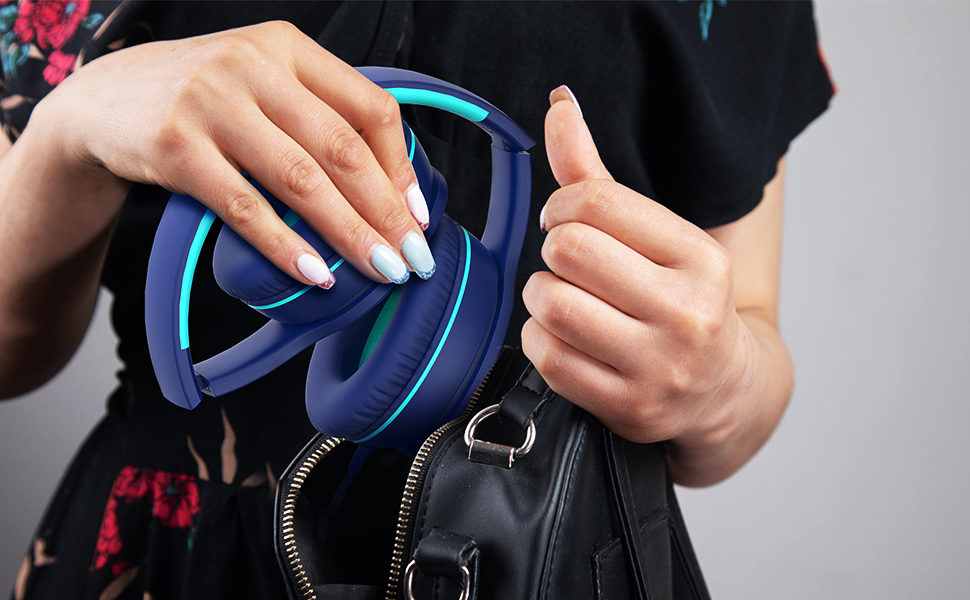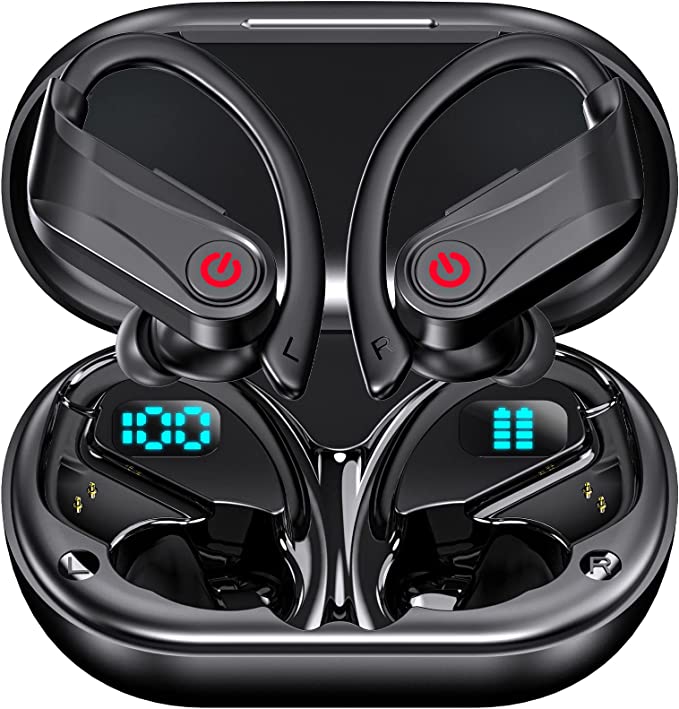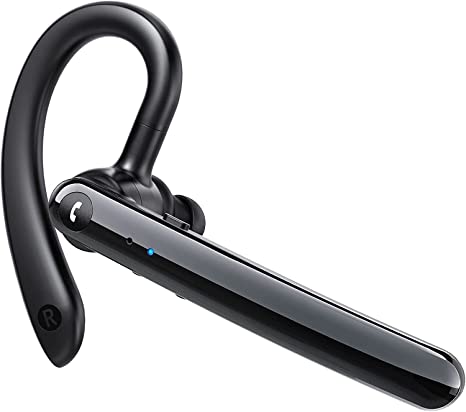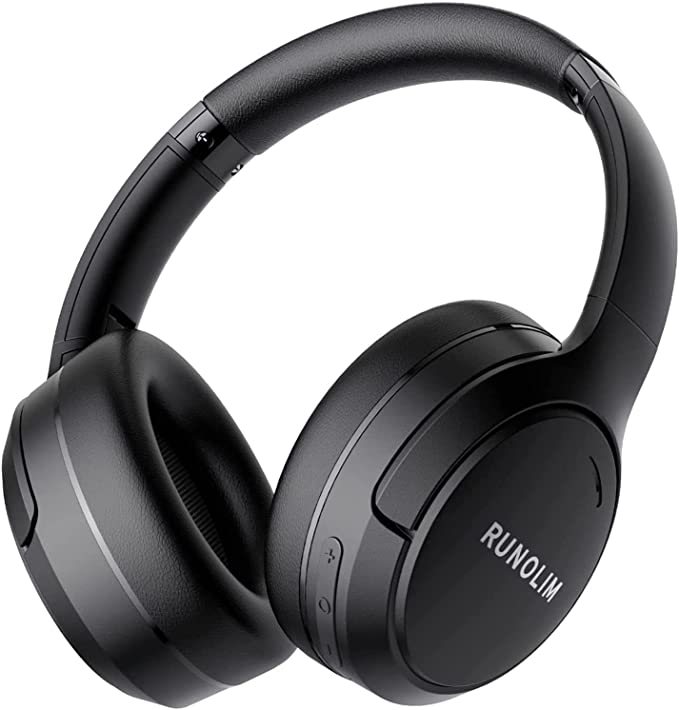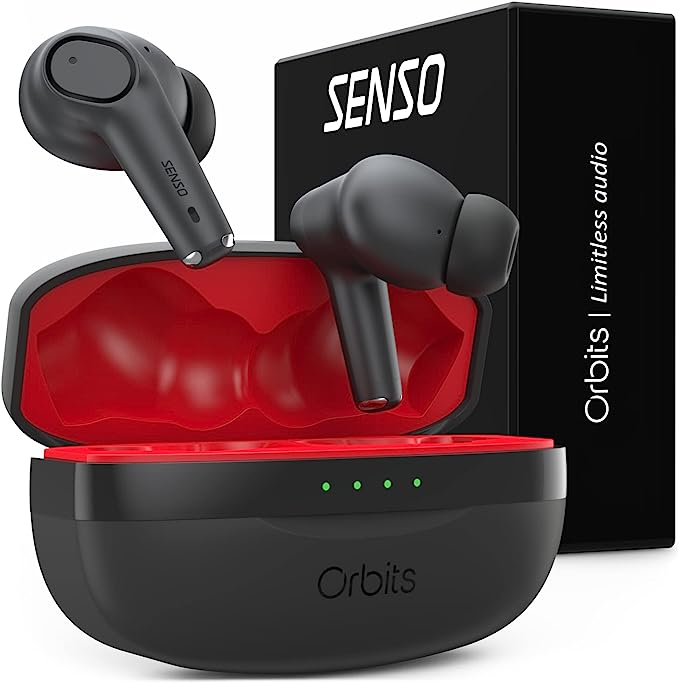Bose QuietComfort Earbuds (New Kit): The Deep Science of Immersive Sound and Serenity
Update on May 28, 2025, 4:01 p.m.
Ever find yourself on a bustling city street, the cacophony of car horns, distant sirens, and a thousand chattering voices pressing in? Or perhaps you’re in an open-plan office, where the constant hum of conversation and keyboard clicks forms an invisible barrier to concentration. In these moments, don’t we all yearn for a switch, a way to dial down the world’s volume and reclaim a pocket of peace, or to immerse ourselves fully in the intricate tapestry of our favorite music? This human desire for auditory control, for an oasis of sound tailored to our liking, is more profound than ever in our hyper-connected, often overwhelmingly loud, modern lives.
The big question then arises: can we truly curate our personal soundscape? Can we, amidst the daily din, carve out spaces for focus, for unadulterated musical enjoyment, or simply for the profound comfort of silence? The answer, increasingly, is a resounding yes, thanks to remarkable advancements in audio technology. And leading this charge are innovations like the Bose 888507-Kit New QuietComfort Wireless Noise Cancelling Earbuds, Lifestyle Bluetooth Earbuds with Active Noise Cancellation, Up to 8.5 Hours of Battery Life with Green Extreme Portable Charger (Black). These aren’t just earbuds; they are sophisticated tools in our ongoing quest for auditory empowerment, born from a legacy of relentless audio research and a deep understanding of how sound shapes our experiences.

Whispers from History: The Genesis and Evolution of Silence on Demand
The battle against unwanted noise isn’t new. For over a century, inventors and scientists have grappled with how to quiet our increasingly mechanized world. But the idea of actively canceling noise, rather than just passively blocking it, was a revolutionary concept. While early patents for noise reduction systems existed, the catalyst for the kind of active noise cancellation (ANC) we know today has a rather famous origin story, intertwined with the very brand we’re discussing.
Picture this: Dr. Amar Bose, founder of Bose Corporation, is on a transatlantic flight in 1978. He’s trying out a new set of airline-supplied headphones, hoping for an enjoyable audio experience, only to find the roar of the jet engines overwhelmingly intrusive. An engineer and MIT professor, Dr. Bose began sketching out the fundamental mathematics for a headset that could actively reduce noise right there on an airsickness bag. This wasn’t just a fleeting idea; it sparked decades of research at Bose, initially focused on creating quieter environments for pilots and military personnel, where clear communication and reduced fatigue are critical. What began as a solution for high-stakes aviation and armored vehicle crews gradually, through relentless innovation and miniaturization, found its way into the hands (and ears) of everyday consumers, transforming travel, work, and leisure.

The Alchemy of Quiet: Deconstructing Bose Active Noise Cancellation
So, how does this “alchemy of quiet” actually work? At its core, Active Noise Cancellation is a beautiful application of physics.
First, let’s do a quick Sound 101. Sound travels in waves, characterized by peaks and troughs. If you’ve ever tossed two pebbles into a still pond and watched the ripples interact, you’ve seen a visual analogy for wave interference. When the peak of one wave meets the trough of another identical wave, they cancel each other out – this is called destructive interference. This is precisely the magic ANC harnesses.
Inside each Bose QuietComfort Earbud, a sophisticated orchestra is at play:
- The Scouts (Microphones): Tiny microphones, some facing outward to detect external noise and some facing inward to monitor what your ear is actually hearing, act as vigilant scouts. They constantly sample the sounds around you and inside your ear canal.
- The Conductor (Processor): This incoming sound information is fed to a high-speed digital signal processor (DSP). This is the brain of the operation, the conductor. It instantly analyzes the unwanted noise signature.
- The Canceling Symphony (Speaker): The processor then instructs the earbud’s speaker (the audio driver) to produce a new sound wave that is precisely the opposite of the unwanted noise – an “anti-noise” signal. This anti-noise has peaks where the original noise has troughs, and vice-versa.
When the original noise and this precisely crafted anti-noise meet in the ear canal, they effectively neutralize each other, dramatically reducing what you hear from the outside world. Modern ANC systems often employ a hybrid approach, using both feedforward (external mics) and feedback (internal mics) systems for a more comprehensive and adaptive noise cancellation across a wider range of frequencies. The result is that consistent drones like engine hum, air conditioner whirs, or office chatter seem to melt away.
But for Bose, it’s often stated to be about more than just muting the world; it’s about QuietComfort. The aim is to achieve profound quietness without creating an unnatural or uncomfortable “cabin pressure” sensation that some noise-canceling technologies can induce. This involves careful tuning of the ANC system and the acoustic design of the earbuds themselves.
Imagine this technology as your personal force field against auditory distractions. For the daily commuter, it transforms a jarring train ride into a tranquil space for reading or listening. For the student in a bustling dorm, it’s an instant study zone. For the frequent flyer, it means arriving at their destination feeling more refreshed and less fatigued by the relentless engine drone. It’s about reclaiming your mental space, one quiet moment at a time.

The Soul of Sound: Crafting an Immersive Audio Experience
Of course, silencing the world is only half the story. Once the unwanted noise is tamed, the quality of what you choose to listen to takes center stage. Bose has built its reputation on delivering rich, lifelike sound, and the QuietComfort Earbuds aim to uphold this standard.
The provided specification of a 20 Hz to 20,000 Hz frequency range is a good starting point. This range covers the full spectrum of typical human hearing, from the deep, resonant rumble of a bass guitar (around 40-80 Hz for the lowest notes) to the delicate, airy shimmer of cymbals (which can extend up to 16 kHz and beyond). Being able to reproduce this entire range means the earbuds have the potential to deliver all the nuances in your music, podcasts, or calls. However, a wide frequency response is just one piece of the puzzle. The true artistry lies in how those frequencies are balanced and presented – often referred to as the “sound signature.”
While the specific driver technology inside these earbuds isn’t detailed in the provided information (whether they use dynamic drivers, balanced armatures, or another type), the principle is universal: audio drivers are like miniature, high-precision loudspeakers designed to sit snugly in or near your ears. They convert electrical signals from your device back into the sound waves you perceive. The quality of these drivers, combined with the acoustic design of the earbud housing itself, plays a massive role in the clarity, detail, and impact of the sound.
Crucially, the effectiveness of any in-ear headphone, both for sound quality (especially bass) and noise cancellation, hinges on achieving a proper acoustic seal. This is where the Bose Fit Kit comes in, offering three sizes of soft eartips and three sizes of stability bands. Think of the eartip as creating a gasket between the earbud and your ear canal.
- A Common Quibble Addressed: Some users report experiences like, “My right earbud keeps falling out!” This is almost always an issue of an improper fit for that individual’s unique ear geometry. Our ears are surprisingly asymmetrical! Experimenting with the different eartip and stability band sizes is not just recommended; it’s essential. The stability bands are designed to gently tuck under the antihelical fold of your ear, providing an extra point of contact for a secure fit, especially during movement. A good seal doesn’t just keep the earbuds in place; it prevents sound leakage (both in and out) and is fundamental for experiencing the full bass response and the maximum effect of the Active Noise Cancellation.
Finally, to truly tailor the sound to your preferences, the Bose Music App (referred to as Bose QCE App in some contexts) offers EQ (equalizer) customization. This empowers you to become your own audio engineer, adjusting sliders for bass, midrange, and treble to fine-tune the sound signature. Want more thump for your electronic music? Boost the bass. Need clearer vocals for podcasts? Adjust the midrange. It’s about putting you in control of your auditory experience.
The Unseen Handshake: Seamless Connectivity with Bluetooth 5.3 and Multipoint
In the realm of wireless audio, the quality of the connection is as vital as the acoustics. The Bose QuietComfort Earbuds feature Bluetooth 5.3, the latest iteration of a technology that has fundamentally changed how we interact with our devices.
The journey of Bluetooth has been one of constant refinement. From its early days, primarily for simple data transfer and basic wireless headsets, it has evolved into a robust standard capable of delivering high-quality stereo audio with increasing efficiency and stability. Bluetooth 5.3 specifically brings several under-the-hood improvements that translate to a better user experience:
- Enhanced Stability & Efficiency: Expect more resilient connections that are less prone to dropouts, even in crowded wireless environments. It’s also designed to be more power-efficient, contributing to longer battery life for both the earbuds and your connected device.
- Reliable Range: The earbuds are designed to maintain a strong connection up to 30 feet (around 9 meters) from your paired device, though, as with any wireless technology, physical obstructions like walls can reduce this.
One of the standout convenience features mentioned is Bluetooth multipoint. This is where the real “magic” happens for multi-device users. Imagine you’re engrossed in a video or listening to music on your laptop, and your smartphone rings. With multipoint, the earbuds can be actively connected to both devices simultaneously. Without fumbling to disconnect from one and connect to the other, the audio can intelligently switch to your phone when the call comes in, and then switch back to your laptop once the call ends. It’s a small detail that makes a huge difference in the fluidity of your daily workflow and entertainment.
And for managing your playback and calls directly, the earbuds feature customizable tap controls. These typically rely on capacitive sensors that detect the light touch of your fingertip, allowing you to play/pause, skip tracks, adjust volume, or answer calls without needing to reach for your phone. The ability to customize these controls via the app adds another layer of personalization.
Powering Your World: All-Day Battery and On-the-Go Resilience
A pair of earbuds, no matter how great they sound or how well they cancel noise, isn’t much good if the battery dies halfway through your day. The Bose QuietComfort Earbuds are rated for up to 8.5 hours of playback on a single charge. For most people, that’s enough to cover a full workday, a long-haul flight, or several gym sessions. This impressive longevity is typically thanks to the high energy density of modern lithium-ion batteries – the same technology that powers our smartphones and laptops – coupled with the power-efficient Bluetooth chipsets and processing.
The included charging case is more than just a convenient place to store your earbuds; it’s a portable power bank that provides an additional 2.5 charges, significantly extending your untethered listening time. And for added elegance, the case itself supports wireless charging. This technology, often based on the Qi standard, uses electromagnetic induction: a coil in a compatible charging mat creates an alternating magnetic field, which induces a current in a coil within the earbud case, replenishing its battery without any physical cable connection. Just place the case on the mat, and it starts charging. For those moments when you’re short on time, a quick 20-minute charge in the case can provide up to 2 hours of playback, getting you back to your audio quickly.
This particular 888507-Kit sweetens the deal further by including a Green Extreme Portable Charger. While specifics of this charger aren’t detailed in the initial information, such an addition typically provides a substantial extra reservoir of power, capable of recharging your earbuds and case multiple times over, or even topping up your phone in a pinch. It’s the ace up your sleeve for extended travel, camping trips, or for those who are simply heavy users and want ultimate power independence.
When it comes to durability for an active lifestyle, the earbuds boast an IPX4 rating. Let’s break that down: “IP” stands for Ingress Protection. The first digit (replaced by ‘X’ here) refers to protection against solid particles (like dust). An ‘X’ means it hasn’t been specifically tested or rated for dust ingress. The second digit, ‘4’ in this case, signifies protection against splashing water from any direction. In practical terms, this means your QuietComfort Earbuds are sweat-resistant, making them suitable for intense workouts, and they can handle light rain if you get caught outdoors. However, it’s crucial to understand that IPX4 does not mean they are waterproof enough to be submerged, so taking them for a swim is definitely out.

Beyond the Tech: The Art of Listening in the Modern Age
The Bose QuietComfort Earbuds, as we’ve seen, are a confluence of sophisticated technologies. From the intricate dance of sound waves in active noise cancellation to the nuanced engineering of audio reproduction, the seamless choreography of wireless connectivity, and the thoughtful considerations for power and durability, every element is designed with a singular purpose: to enhance your relationship with sound.
This aligns with Bose’s long-standing ethos, rooted in decades of research into psychoacoustics (the study of how humans perceive sound) and a relentless pursuit of “better sound through research.” While the technical specifications provide a blueprint, the true measure of these earbuds lies in the experience they enable – the ability to find focus in chaos, to lose yourself in the richness of music, to communicate with clarity, or simply to enjoy the profound and often elusive gift of quiet.
As personal audio technology continues to evolve, we can only imagine what the future holds. Perhaps even more intelligent, AI-driven sound personalization, seamless integration with augmented reality, or even biometric sensing capabilities for health and wellness. But for now, tools like the Bose QuietComfort Earbuds offer a powerful means to navigate and curate our increasingly noisy world, empowering us to create our own auditory oasis, wherever we may be. They are a reminder that sometimes, the most profound luxury is the ability to choose what you hear, and just as importantly, what you don’t.
